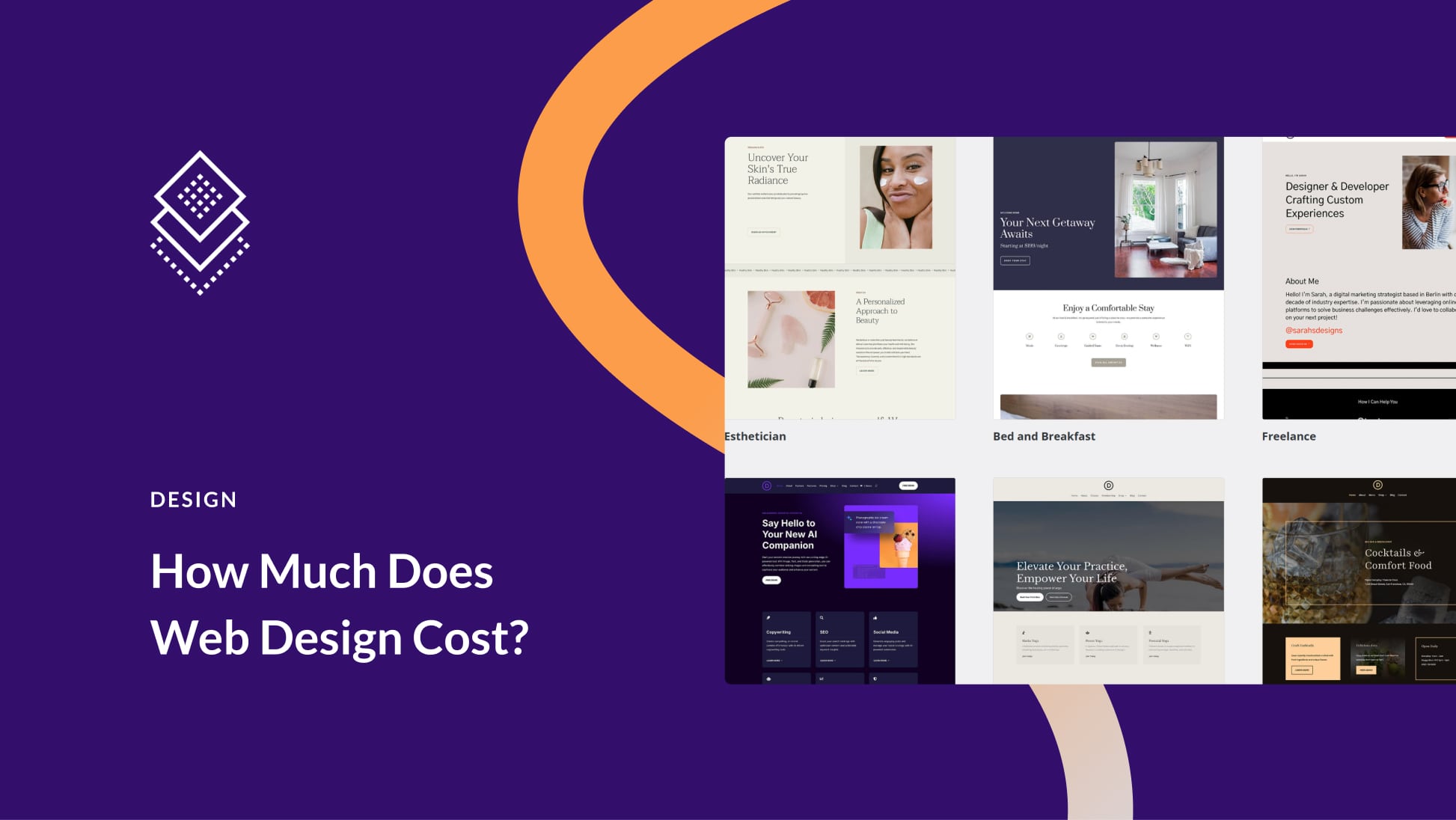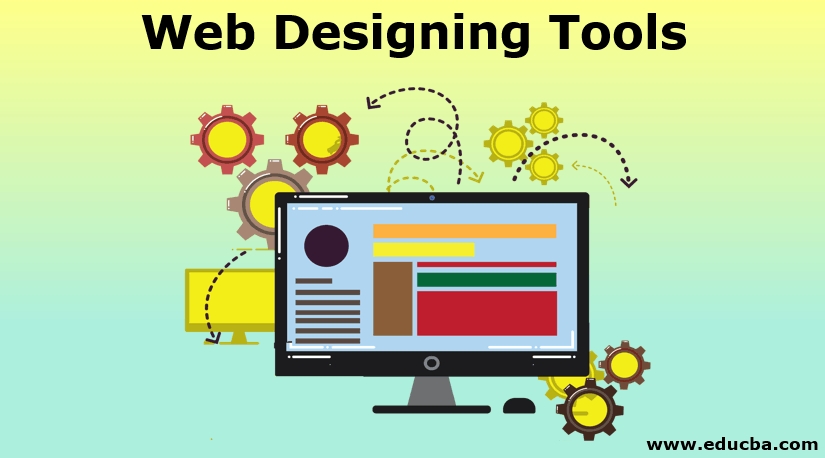Aligned Position Web Design: Stunning Websites Designed for Seamless User Experience
The Most Effective Sorts Of Web Layout to Improve Individual Experience and Interaction
In the ever-evolving landscape of digital communication, the effectiveness of website design significantly affects user experience and interaction. Different design methods, such as minimalist, receptive, and interactive formats, each offer unique advantages that can accommodate diverse individual demands. Comprehending which types of website design ideal serve these goals can be essential for organizations intending to enhance consumer satisfaction and retention. However, the concern remains: which layout aspects truly reverberate with customers and foster significant interaction? The expedition of these concepts discloses critical insights that might redefine your approach to website design.
Minimal Web Design
As digital landscapes end up being increasingly chaotic, minimal Web layout has actually become an effective strategy to boosting individual experience. This layout philosophy focuses on simplicity, focusing on necessary aspects while getting rid of unnecessary disturbances. By utilizing ample white room, uncomplicated navigation, and a limited shade combination, minimalist layout cultivates quality and guides user focus to crucial content.
The core principle of minimal website design is to produce a seamless communication for individuals. By decreasing cognitive lots, customers can promptly understand information without really feeling overwhelmed. This straight technique not only boosts functionality but additionally motivates interaction, as visitors are more probable to explore a website that is visually appealing and very easy to browse.
In addition, minimal design frequently stresses typography and imagery, using these aspects purposefully to share messages successfully. In significance, minimalist Web style is not simply a fad; it is a thoughtful approach that acknowledges the relevance of user-centered design.
Responsive Website Design
In today's varied electronic setting, responsive website design has actually become vital for producing a smooth individual experience throughout a multitude of devices. As individuals gain access to web sites on mobile phones, tablets, desktop computers, and laptop computers, the capacity of an internet site to adjust its layout and web content to various display sizes and resolutions is vital.
Responsive website design uses versatile grids, pictures, and CSS media queries to guarantee that Web content is presented optimally, no matter the gadget utilized. This method not only enhances the aesthetic charm of a web site however also considerably enhances usability. Users are a lot more most likely to engage with a website that uses a constant experience, as it eliminates the frustration of needing to zoom in or scroll excessively.
In addition, search engines, consisting of Google, focus on mobile-friendly web sites in search rankings. By taking on responsive layout, services can boost their presence and reach a more comprehensive target market. This technique also simplifies website upkeep, as a single version of the website can cater to all devices, decreasing the demand for several variations. In summary, receptive Web design is a basic method that boosts user experience, involvement, and overall satisfaction.
Interactive Website Design
Responsive Web style prepares for enhancing individual experience, yet interactive website design takes this an action even more by involving customers in a more dynamic method - Aligned Position Web Design. By including aspects such as computer animations, clickable models, and real-time responses, interactive Web design mesmerizes individuals, attracting them into a richer browsing experience
This method not only promotes involvement but also motivates individuals to check out material proactively instead of passively consuming it. Techniques such as gamification, where individuals make benefits for completing tasks, can significantly improve the time invested in a website and improve total contentment. Interactive functions can streamline complicated info, making it a lot more delightful and absorbable.

Integrating interactive style aspects can additionally result in greater conversion prices, as users are more probable to involve with a site that actively includes them. Aligned Position Web Design. Inevitably, interactive website design changes individual experiences right into remarkable journeys, making sure that site visitors return time and again
Flat Design
Defined by its minimalistic technique, level layout emphasizes simpleness and capability, removing away unneeded components and concentrating on important functions. This layout ideology focuses on use, ensuring that customers can browse user interfaces easily and effectiveness. By utilizing a clean aesthetic, level layout removes the clutter typically discovered in a lot more elaborate styles, therefore boosting individual focus on material and performance.
The trademark of flat design depends on its use vibrant shades, easy typography, and geometric shapes. These components add to a visually attractive user interface that is both friendly and contemporary. Furthermore, level design cultivates a feeling of clearness, allowing customers to recognize essential activities and info without interruption.
Additionally, level layout is specifically reliable in here are the findings responsive website design, as its simplicity converts well across different devices and display sizes. The lack of complex textures and slopes lessens packing times, which is essential for keeping individual involvement. As digital landscapes remain to advance, level design stays a relevant option for creating straightforward internet sites Bonuses that improve total experience. By concentrating on essential functions, level design not just meets customer needs however also motivates smooth interaction, making it an essential element of reliable website design approaches.
Adaptive Website Design
Flexible website design customizes the individual experience by producing numerous repaired designs tailored to different screen sizes and gadgets. Unlike receptive design, which fluidly adjusts a single layout, adaptive design employs distinct designs for certain breakpoints, making certain optimum discussion on numerous systems. This strategy allows designers to concentrate on the one-of-a-kind characteristics of each device, enhancing usability by delivering specifically what customers need based upon their context.
One of the main advantages of adaptive website design is its ability to optimize load times and performance. By offering customized material and images that fit the user's device, web sites can decrease data usage and improve loading rates. This is specifically advantageous for users with slower connections or minimal information strategies.

Furthermore, flexible design helps with a more constant and regulated branding experience. Since designers develop multiple formats, they can ensure that the aesthetic components align with the brand's identification throughout different systems - Aligned Position Web Design. This causes a cohesive individual experience, boosting involvement and promoting individual retention
Conclusion
To conclude, the integration of minimalist, responsive, and interactive Web layout concepts considerably boosts user experience and engagement. Minimalist style cultivates quality and emphasis, while responsive style makes certain adaptability across various tools, promoting availability. Interactive layout captivates users with vibrant aspects, urging exploration and personalization. Jointly, these design approaches add to the development of straightforward settings that not only improve fulfillment but additionally drive greater conversion prices, underscoring their crucial relevance in modern website design strategies.

Minimalist layout cultivates clarity and focus, while responsive layout ensures versatility throughout different gadgets, advertising ease of access. Jointly, these layout approaches add to the creation of straightforward environments that not only boost complete satisfaction but likewise drive greater conversion prices, underscoring their important value in modern Web layout methods.